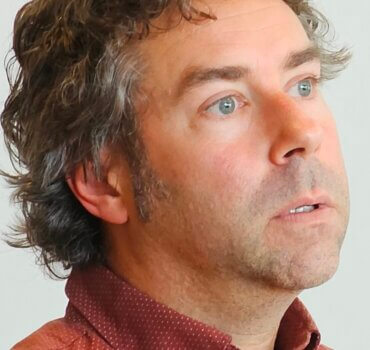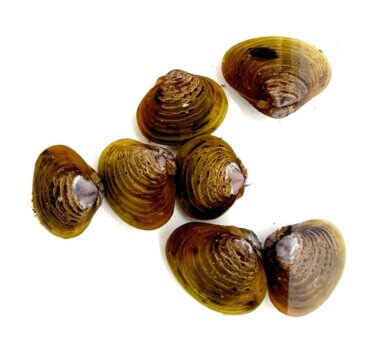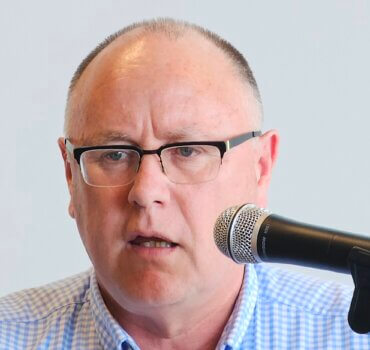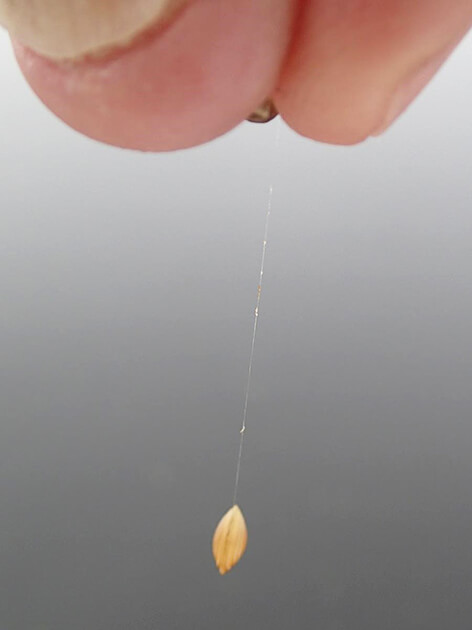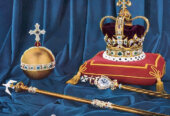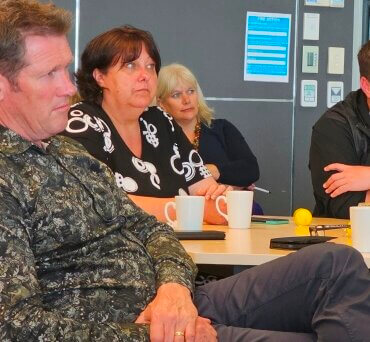
Freshwater gold clam briefing
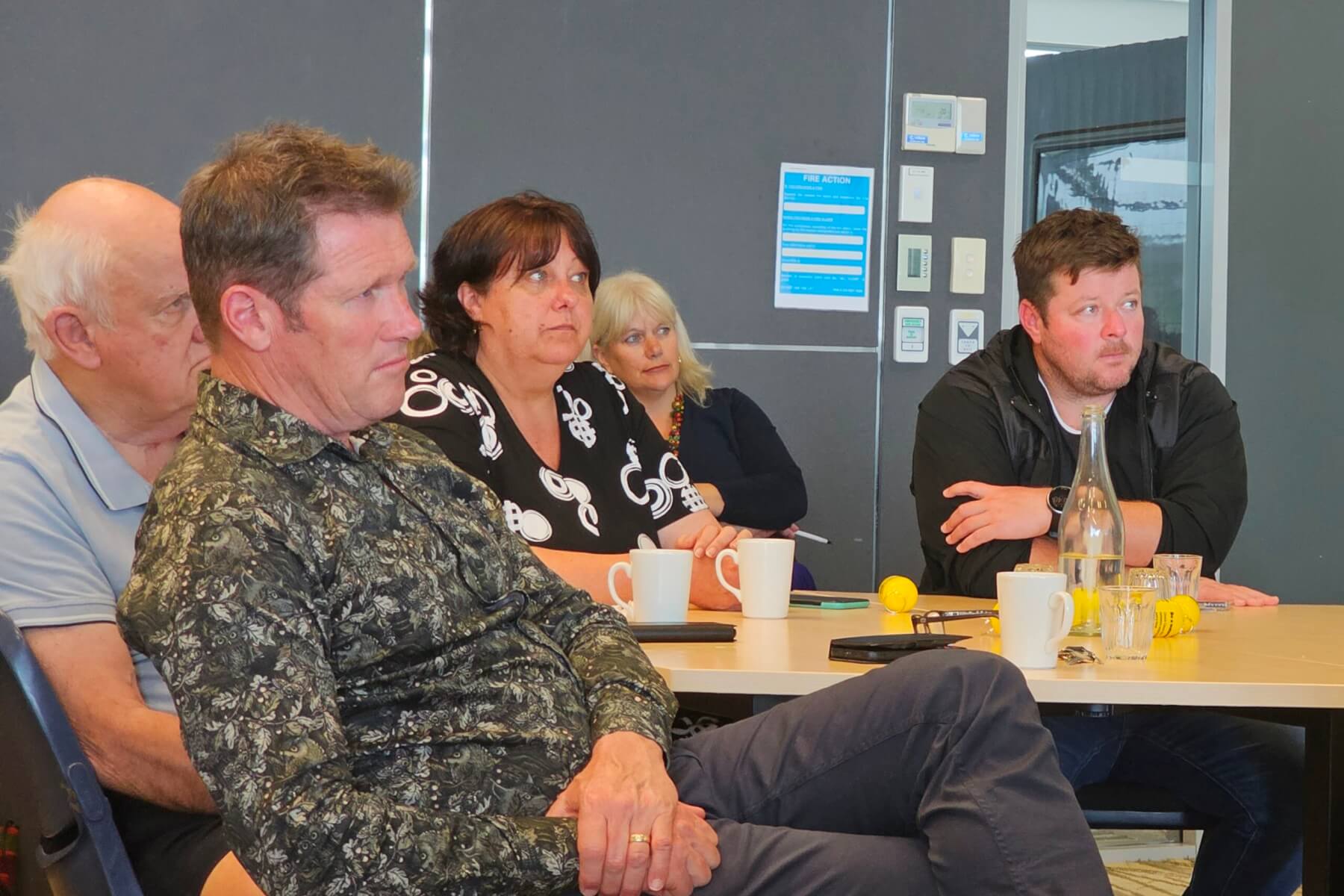
Grim faced: from left Waikato community representatives Peter Carr, Mike Pettit, Kelly Bouzaid, Liz Stolwyk and Canoe Racing High Performance’s Craig Mustard, at the Freshwater Gold Clam (Corbicula Fluminea) briefing by MPI at Lake Karāpiro. Photo: Mary Anne Gill.
Lake Karāpiro users should leave behind any gold clams they see in the water and instead concentrate on cleaning up the equipment they use on the water.
And to help lake users out, the Ministry of Primary Industries (MPI) will soon establish permanent wash stations so people can check, clean and dry their boats, waka, kayaks, canoes, wakeboards, jetskis, wetsuits, nets and anything else which could attract the new lake invader.
Waikato community leaders listened grimly last week to MPI technical specialist, scientist Scott Sinclair, and director of readiness and response John Walsh as they briefed them on the invasive clam incursion first found at Bob’s Landing earlier this year.
- Scientist Scott Sinclair, manager readiness and science for MPI, at the Freshwater Golf Clam (Corbicula Fluminea) briefing by MPI at Lake Karāpiro. Photo: Mary Anne Gill.
- Freshwater Gold Clams – Corbicula Fluminea – also known as corbicula or the Asian gold clam
- John Walsh, director of readiness and response at the freshwater gold clam (Corbicula Fluminea) briefing by MPI at Lake Karāpiro. Photo: Mary Anne Gill.
Freshwater gold clams – Corbicula Fluminea – also known as corbicula or the Asian gold clam, had been there for at least two years but not seen anywhere else on the Waikato River or its tributaries, they told about 50 people in the Don Rowlands Centre at Lake Karāpiro.
But because the clams easily attach themselves to anything, the risk of them turning up somewhere else is high unless lake users play their part, said Walsh.

Barbara Kuriger
Among the government agency’s jobs is to protect New Zealand from biological risk, which is why the Environment and Primary Production select committees took it to task in June for its response to the clam discovery.
Taranaki-King Country MP Barbara Kuriger, who was a member of the select committee, was at Karāpiro and told The News she and the other members were furious with MPI’s communication.
MPI was ordered to sort out its communications, particularly with Waikato River users, which prompted the briefing last week.
“I’m happy with the communication that is now happening, but it’s taken a while to get to this point,” said Kuriger.

Louise Upston
Less impressed was Taupō MP Louise Upston, whose electorate covers the area where the invasive clam was first found.
“I just think this should have been held months ago. There is still a massive lack of understanding from the public and I think it should have been treated with sufficiently more urgency.”
At the briefing she heard about a report MPI would release on Monday outlining its response tactics.
“I will be reading it with a great deal of interest,” she said. “I hope it’s not too late to have averted a major spread.”
In a reference to Mycoplasma Bovis, she said it felt like a seriously missed opportunity “and if this incursion had been on land, it would have been treated with a lot more urgency”.
Mycoplasma Bovis was first found in South Island cattle and in the Waikato on a farm near Cambridge in May 2018. The government undertook to be the first country in the world to eradicate the cattle disease and declared the last property disease-free early last month, having spent $650 million.
The agency’s response to the gold clams is now covered by regulations under the Biosecurity Act. People must not knowingly move or spread the clams or water that may contain them.
Walsh said water users can stop its spread, hence the check, clean and dry message which will dominate signage, pamphlets, advertising and social media throughout the summer.
Each clam – 10-30mm in size – can live up to five years and produce up to 35,000 juveniles, which develop inside the adults and are then released into the water at 0.25mm.
Walsh was involved from 2004 when Didymosphenia Geminata – commonly known as didymo, or “rock snot” – was discovered in the Waiau River in Southland.
The check, clean and dry public awareness campaign proved successful in preventing its spread to the North Island and the highly productive Taupō fishery.
“Getting (corbicula) out of the river is probably not achievable,” but prevention, early detection, containment and control would help, said Walsh.
Miniature menace
Photo: Dan Minchin.
Adult freshwater gold clams release tiny juveniles like this one into the water. They drift on the current, pulled along by a sticky mucous thread which then helps them catch a spot to settle and grow.
The youngest clams are too small to see and can attach to boats and gear with the help of their sticky threads.
Clams will make their own way downstream, but they can’t make any significant progress upstream by themselves.
Small freshwater gold clams may look like native pea-clams or small freshwater mussels (kākahi/kāeo). The key features to look for when distinguishing freshwater gold clams are ribbing on the shell, the colour and symmetrical shape.
While people do eat freshwater gold clams in parts of Asia where they are native, they are not safe to eat from the Waikato River. They filter-feed from the water and will accumulate toxins in their gut.
See: MPI asked: Why did you clam up?
See: Damn the clams



